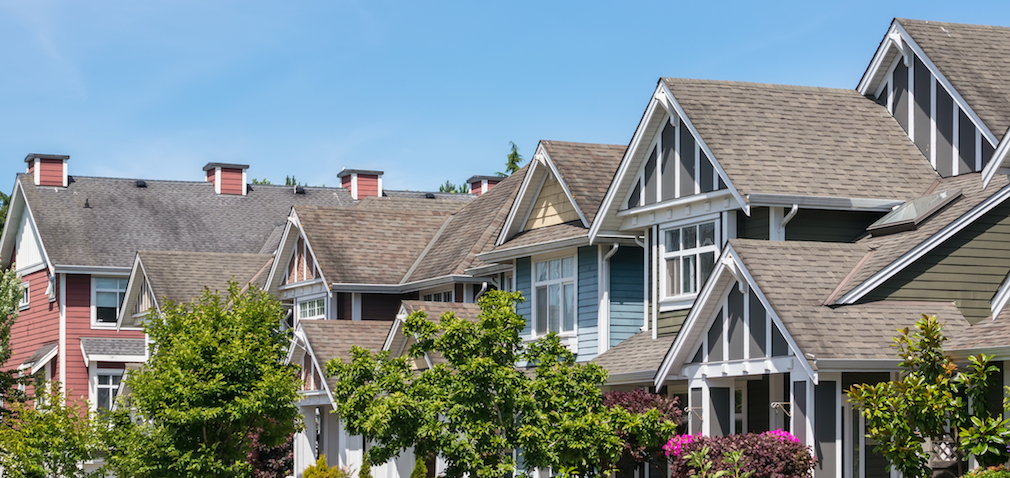In an odd conundrum, despite constant headlines on lack of inventory and outrageous home prices, existing-home sales witnessed the best first quarter in nearly a decade.
“In spite of deficient supply levels, stock market volatility and the paltry economic growth seen so far this year, the housing market did show resilience and had its best first quarter of existing-sales since 2007 (5.66 million),” said Lawrence Yun, National Association of Realtors chief economist.
“The demand for buying is there, but unless the stock of new and existing-homes for sale increases significantly – especially in several markets in the West – the housing market will struggle to reach its full potential,” added Yun.
According to the latest quarterly report from NAR, total existing-home sales, including single family and condo, ticked up 1.7% to a seasonally adjusted annual rate of 5.29 million in the first quarter, up from 5.20 million in the fourth quarter of 2015. This is also 4.8% higher than the 5.05 million pace during the first quarter of 2015.
The problem remains though that buyers looking to jump into the market are dealing with ever-increasing home prices, locking out a lot of would be homeowners.
The median existing single-family home price grew in 87% of measured markets, with 154 out of 178 metropolitan statistical areas showing gains based on closed sales in the first quarter compared with the first quarter of 2015. Only 24 areas (13%) recorded lower median prices from a year earlier.
Inventory supply slipped even lower at the end of the first quarter. There were 1.98 million existing homes available for sale, which was below the 2.01 million homes for sale at the end of the first quarter in 2015. The average supply during the first quarter was 4.3 months – down from 4.6 months a year ago.
“Current homeowners in many metro areas – especially those who purchased a home immediately after the downturn – have enjoyed a sizeable boost in housing equity and household wealth in recent years,” said Yun. “At a time of stagnant wage growth and mounting rent increases, the same cannot be said for renters. Their inability to reach the market because of affordability and supply restrictions is contributing to rising wealth inequality in the U.S.”
Broken up regionally, total existing-home sales in the Northeast decreased 4.1% in the first quarter but are 11.2% above the first quarter of 2015. The median existing single-family home price in the Northeast posted the smallest increase out of all the regions, up 1.8% from a year ago to $249,400 in the first quarter.
While existing-home sales the Midwest were unchanged in the first quarter (compared to the fourth quarter), they are 6.1% higher than a year ago. The Midwest posted the largest increase in median existing single-family home prices, rising 7.3% to $167,900 in the first quarter from the same quarter a year ago.
Existing-home sales in the South grew 5.2% in the first quarter and are 3.6% higher than the first quarter of 2015, while the median existing single-family home price in the South was $192,100 in the first quarter, 5.8% above a year earlier.
In the West, existing-home sales inched up 0.9% in the first quarter and are 2.1% above a year ago. The median existing single-family home price in the West increased 7.1% to $315,900 in the first quarter from the first quarter of 2015.





